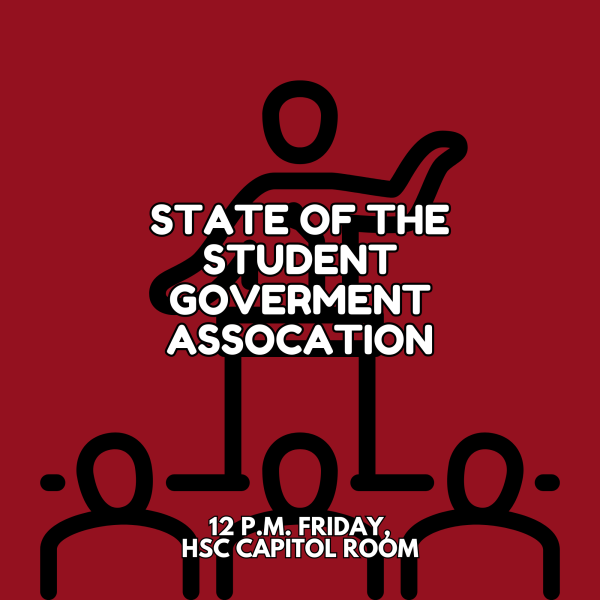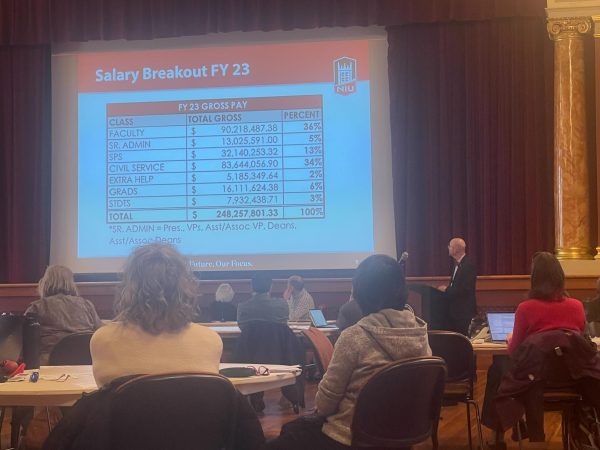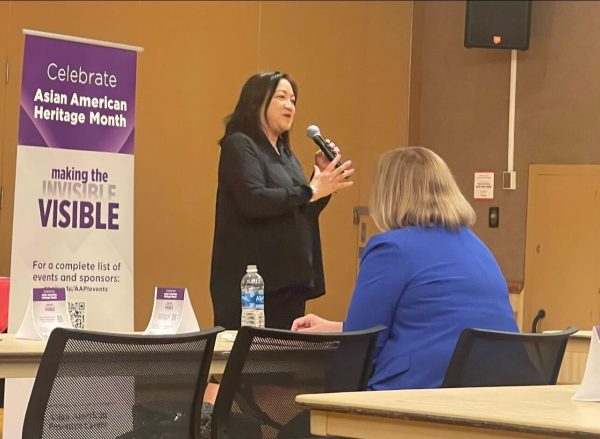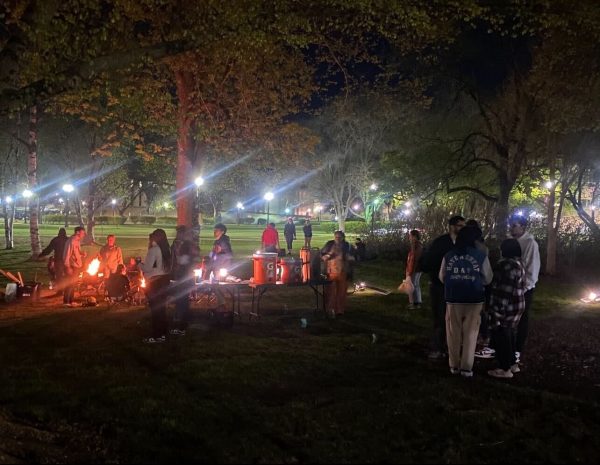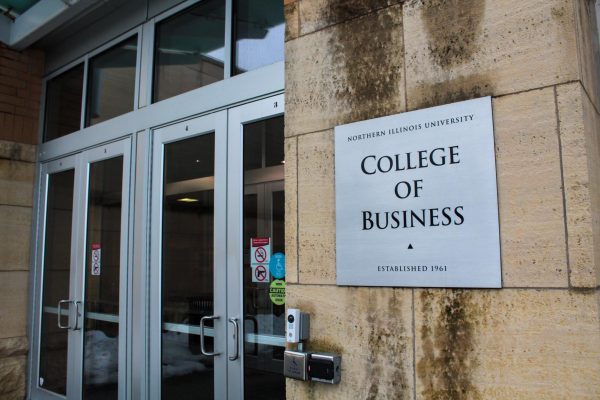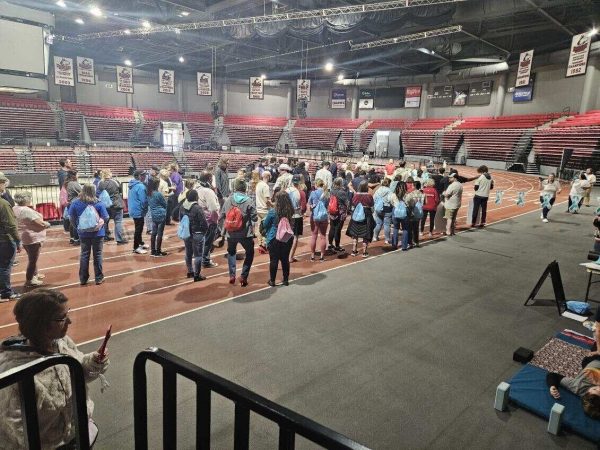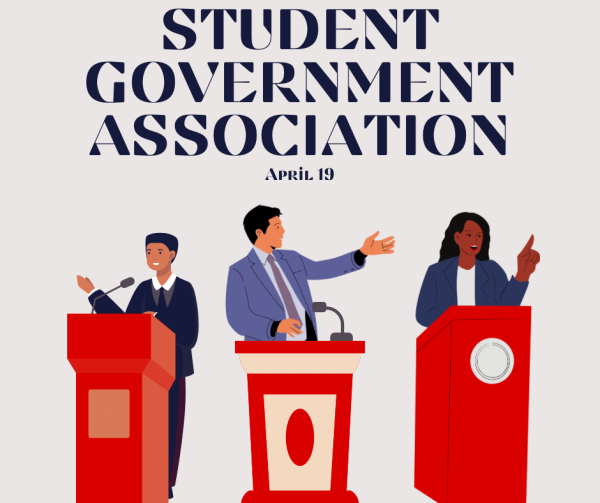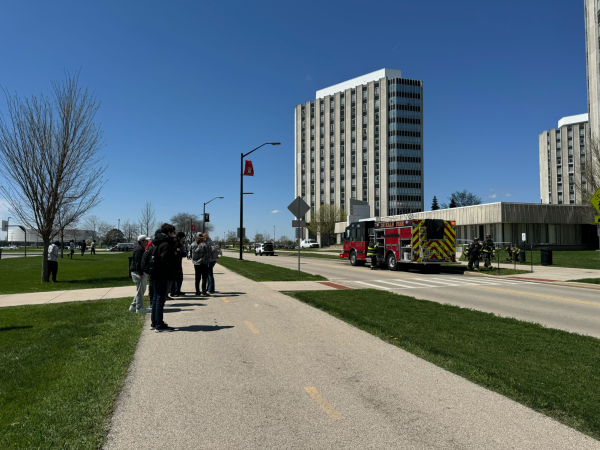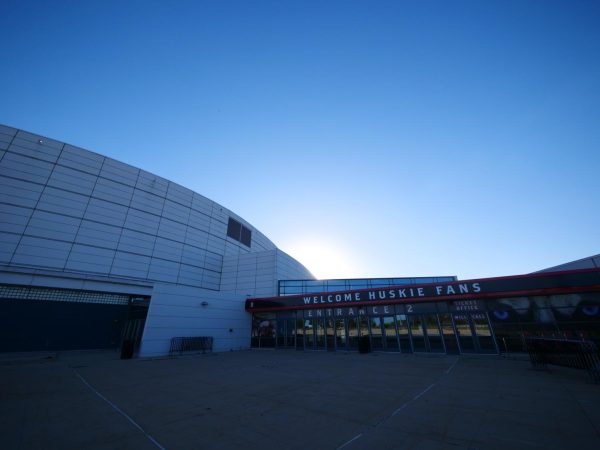Massaging the stress away
December 1, 2006
When massage therapist Jude Mayer first got a massage in California in the 1960s, she had no idea this form of relaxation would become popular in the Midwest years later.
Like massage therapy, acupressure, or “Shiatsu,” is another form of relaxation to promote healing. Both are offered at the Campus Recreation Center.
Massage therapy
Massage therapy is done by working the muscles to ease relaxation and pain, said Mayer. The two types of massages offered at the Rec are a chair massage, and a full-body or table massage. During a 10 to 15 minute chair massage, the client is seated with the chest and face in a pillow. Unlike a full-body massage, the client is fully clothed and no oils are used.
“You would be surprised how after just 10 minutes [the client] gets so relaxed,” Mayer said. “It looks like they’ve gone away somewhere and have to reorient themselves back into the world.”
During a full-body massage, the client is massaged, starting with the head and down to the toes. The client is asked only to undress to the point at which they feel comfortable so massage oils can be applied. Mayer said she usually starts by massaging the client’s head and face, using some acupressure points to clear the sinuses and relax the mind.
Mayer said it is important that the client drinks plenty of water after a massage to flush out toxins and prevent achy muscles.
Acupressure
Unlike acupuncture, acupressure does not require the use of needles.
It means “finger pressure,” which involves the use of pressure on specific points of the body, said acupressurist Deborah Brandt. Based on traditional Chinese medicine theory, acupressure came to the Midwest from Japan about 100 years ago after being practiced for thousands of years. Though there are about 460 pressure points used in acupuncture, acupressurists work with about 50 pressure points. During an acupressure session, the client is seated in a chair and fully clothed without the use of oils.
“What you’re doing is essentially promoting the flow of ‘Chi’ in the body, [which] is the oriental term for what we call our immune system, our life force energy,” Brandt said. “By pressing and releasing, you’re allowing the body’s own natural painkillers to kick in.”



